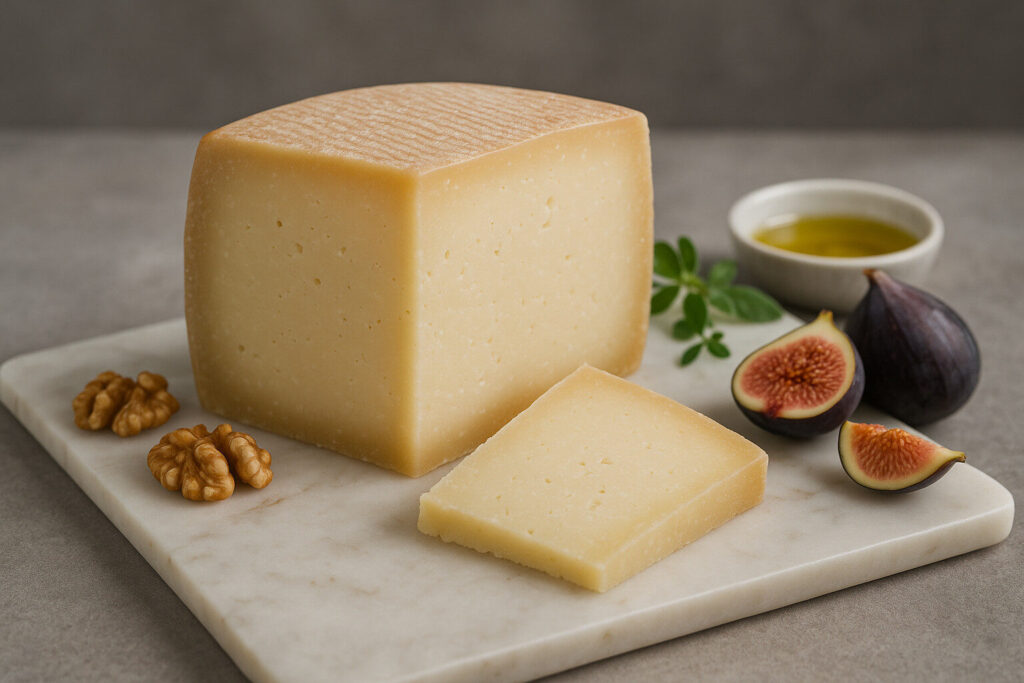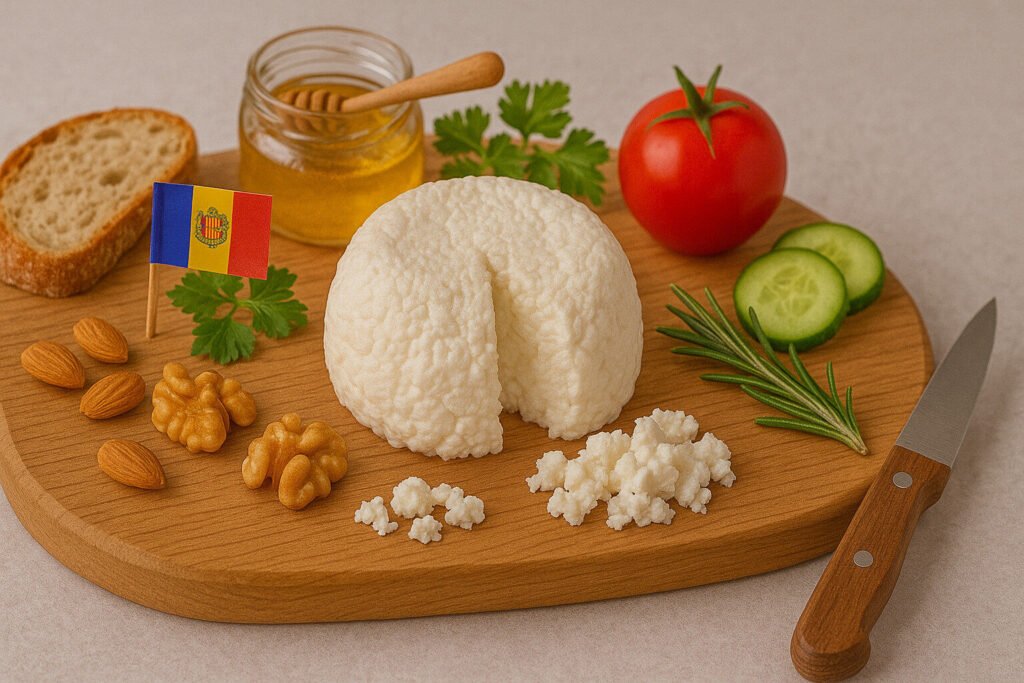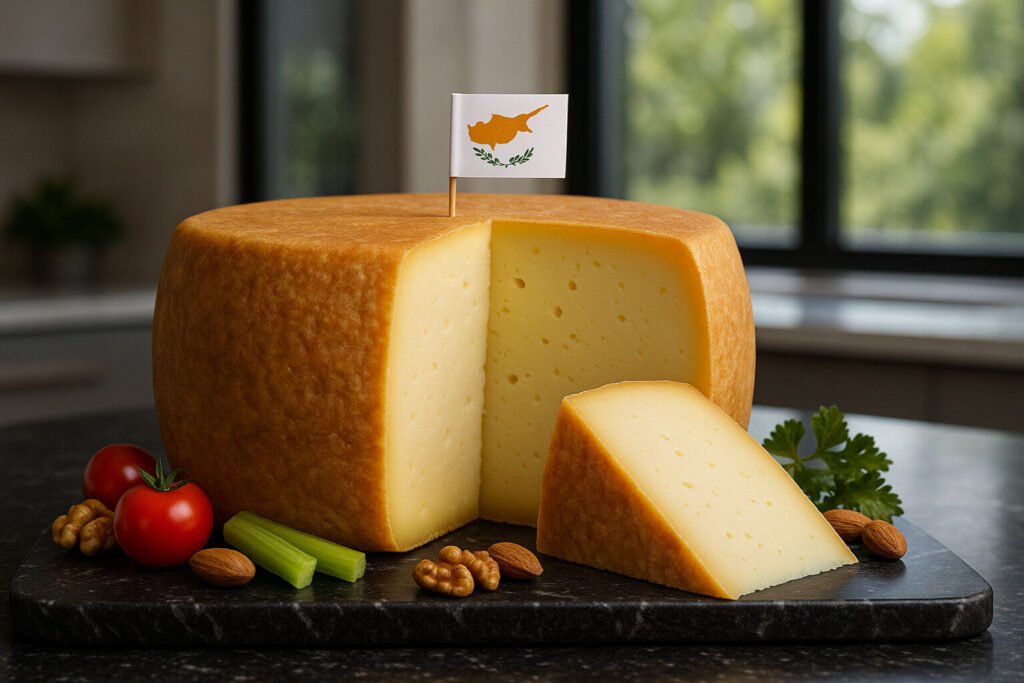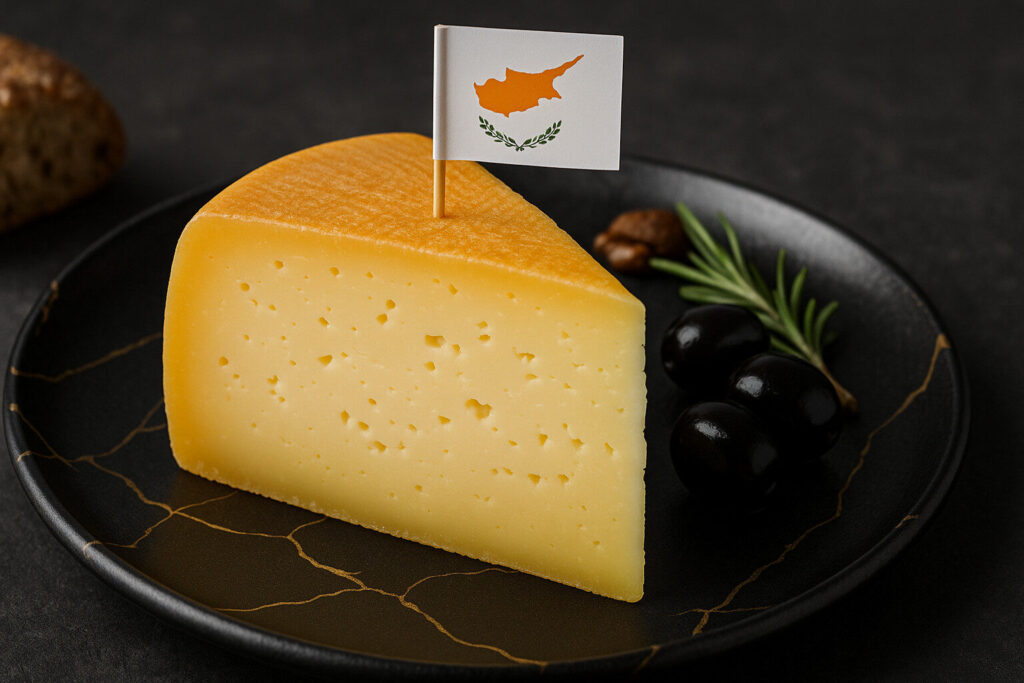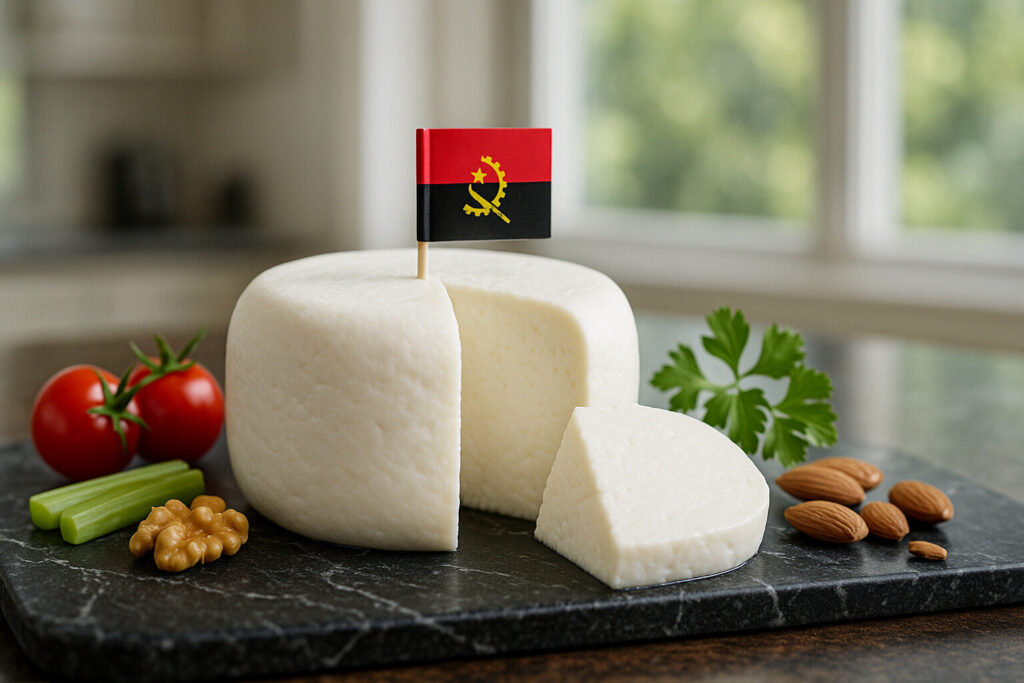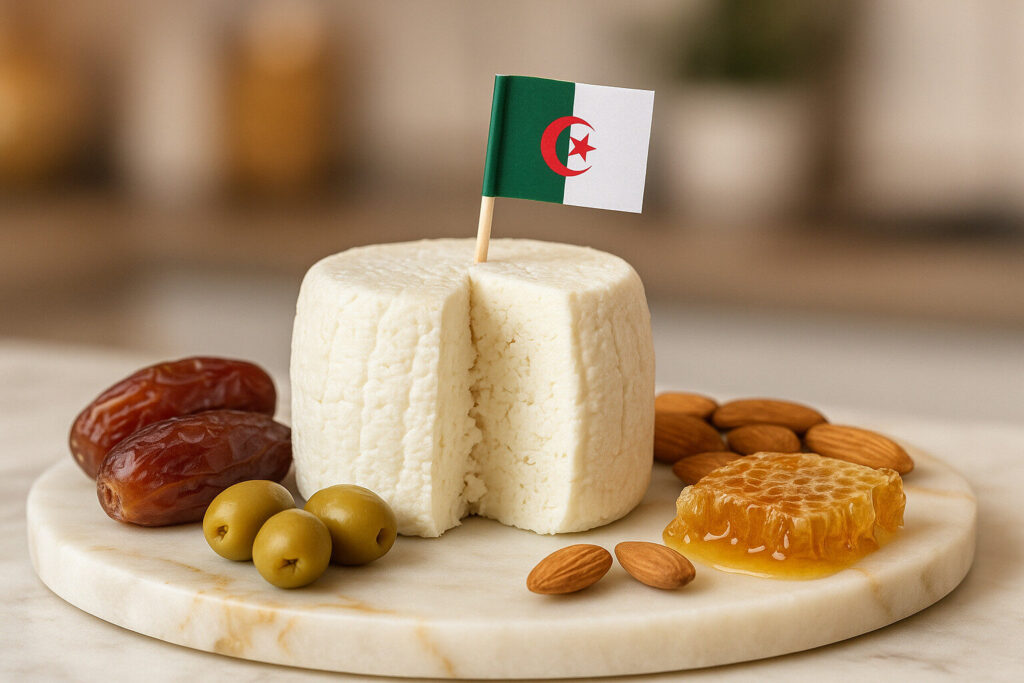Cheese From Goat Milk Blend
Definition and Scope
Goat milk blend refers to cheeses produced using a combination of goat’s milk with milk from other animals, typically cows or sheep. This category allows cheesemakers to balance flavor profiles and textural properties while maintaining distinct characteristics. The percentage of goat milk varies significantly, influencing the final product’s classification and sensory attributes.
These blends expand cheese diversity by offering intermediate options between pure varieties. They occupy a specific niche in cheese taxonomy, bridging traditional styles with modern innovations. Regulatory frameworks often define minimum percentages for milk types in labeled blended cheeses.
Production Techniques
Manufacturing begins with careful milk selection and pasteurization according to safety standards. The blending ratio is determined early, affecting coagulation properties and yield. Cheesemakers monitor acidity development closely as different milk types react uniquely to starter cultures.
Curd handling methods vary from gentle ladling for soft cheeses to pressing for firm varieties. Aging duration ranges from fresh consumption to extended maturation periods. Specific techniques like surface mold development or brine washing may be applied depending on the desired style.
Sensory Profile
Goat milk contributes characteristic tanginess and earthy notes while other milks provide balancing creaminess. The resulting flavor spectrum spans from mild and approachable to complex and robust. Texture ranges from crumbly and dry to smooth and spreadable based on composition and aging.
Visual characteristics include typically white paste with possible rind variations. Aromatic profiles combine goat milk’s distinctive scent with milder notes from other dairy sources. Mouthfeel experiences vary from melting and unctuous to firm and granular.
Culinary Applications
These cheeses perform well both as table cheeses and cooking ingredients. Their balanced flavors make them versatile for cheese boards, complementing various fruits and nuts. Melting properties differ based on specific blends, affecting their behavior in cooked dishes.
Goat milk blends work particularly well in salads where their tanginess contrasts with fresh greens. They can substitute for pure goat cheeses when milder flavor is desired. Cooking applications include gratins, stuffed pastas, and gourmet sandwiches.
Regional Examples
France produces several notable blends like Tomme-style cheeses combining goat and cow milk. Spanish markets offer mixed-milk cheeses from regions where different livestock coexist traditionally. Italian cheesemakers create unique blends reflecting local dairy traditions and availability.
American artisanal producers frequently experiment with goat milk blends to create distinctive local products. These often incorporate regional terroir influences through specific animal diets and production methods. Global distribution has increased availability of international blended varieties.

